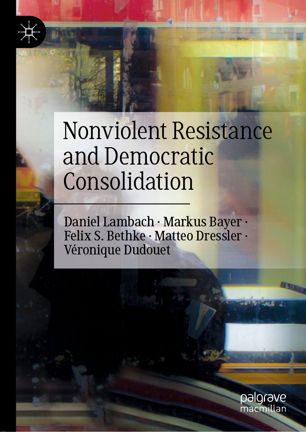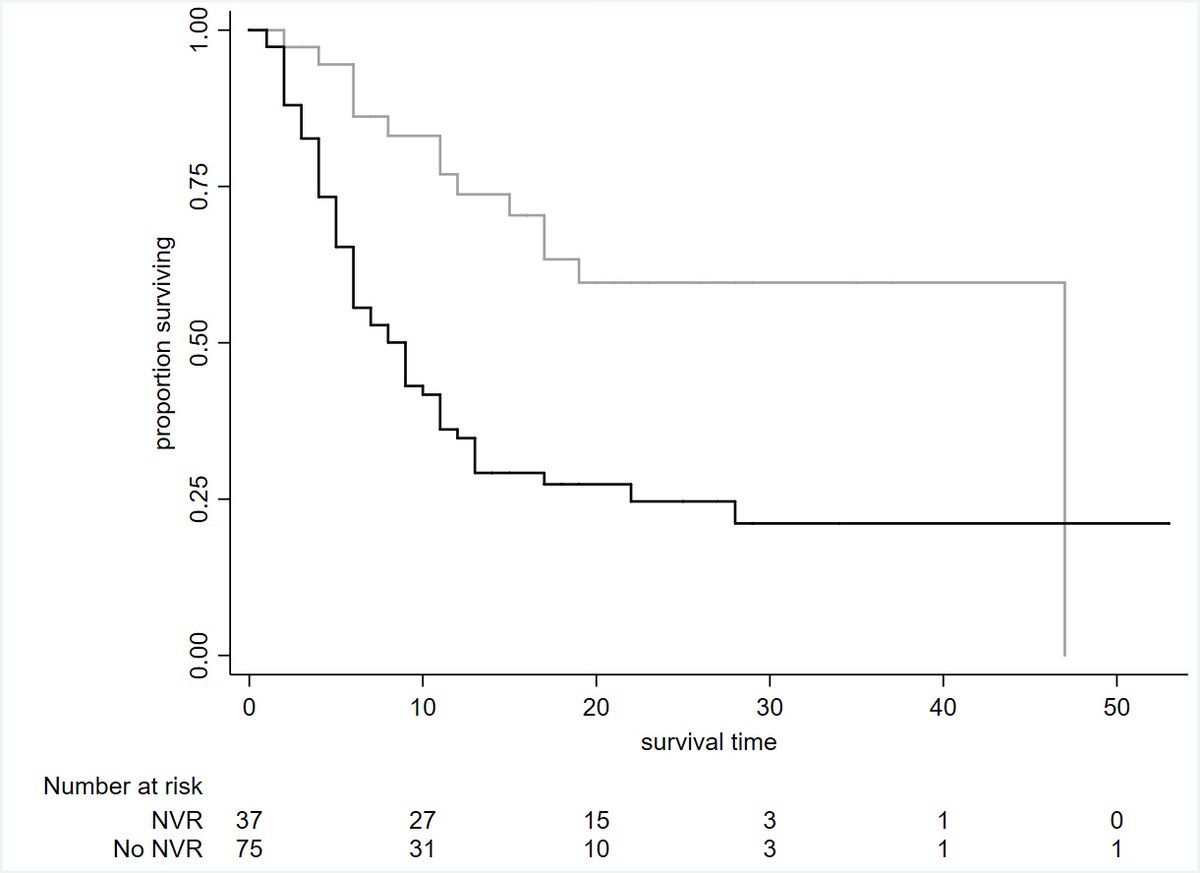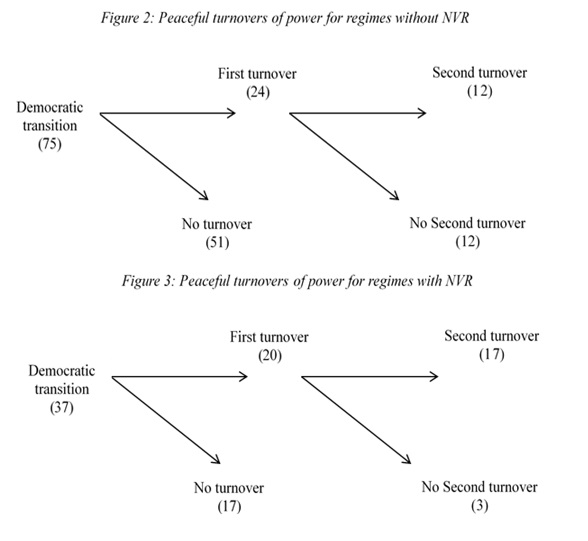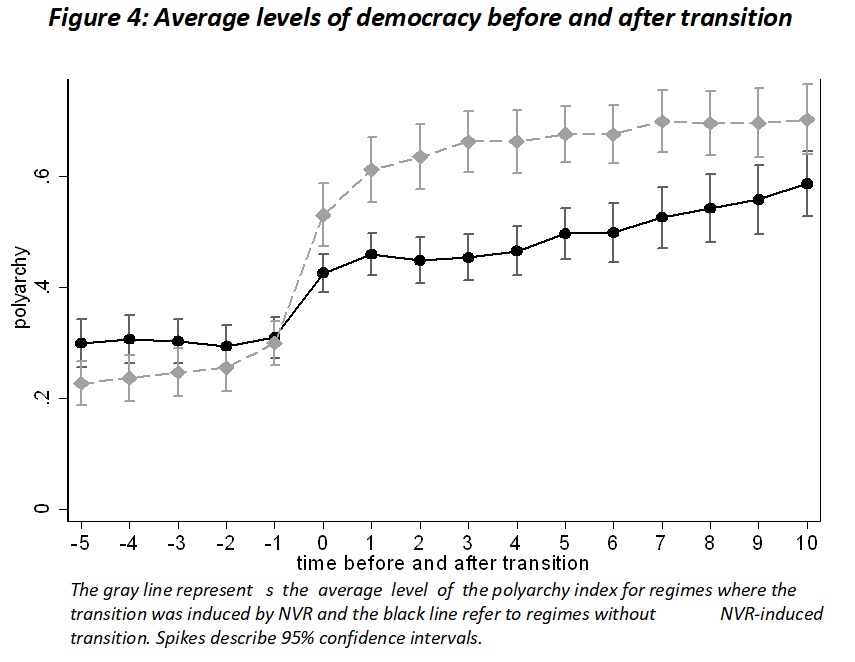May I proudly announce that our new book “Nonviolent Resistance and Democratic Consolidation” with @palgrave is out! I co-wrote it with @daniellambach, @MatteoDressler, Markus Bayer & Véronique Dudouet.
https://www.palgrave.com/gp/book/9783030393700">https://www.palgrave.com/gp/book/9...
https://link.springer.com/book/10.1007/978-3-030-39371-7">https://link.springer.com/book/10.1... (1/13)
https://www.palgrave.com/gp/book/9783030393700">https://www.palgrave.com/gp/book/9...
https://link.springer.com/book/10.1007/978-3-030-39371-7">https://link.springer.com/book/10.1... (1/13)
During the next days, we will frequently tweet short insights from this collaborative mixed methods research endeavor. If you are interested in Nonviolent Resistance and Democratization watch this space! (2/13)
Our main question was: Are democracies emerging out of nonviolent protest better able to achieve democratic consolidation than democracies that came about in other ways such as top-down liberalization or armed insurrection, and if so, what are the underlying mechanisms? (3/13)
The answer to the first part is a resounding Yes. First of all, democracies induced by nonviolent resistance persist longer than democracies that transitioned in other ways (4/13)
Second, NVR induced democracies have better odds of achieving two peaceful turnovers of power. (Note that the effect is not entirely robust and not uniform, i.e. mostly NVR increases the chances of a second turnover, conditionally on having already achieved a first one.) (5/13)
Third, the quality of democracies emerging out of nonviolent resistance is higher on most measures compared to that of other democracies. See the work of @JCPinckney and on this topic: https://journals.sagepub.com/doi/full/10.1177/0738894219855918">https://journals.sagepub.com/doi/full/... (6/13)
But how do these causal effects persist over a decade or longer? We compared six cases of (relative) democratic consolidation: Benin & Chile (nonviolent transition), Namibia & El Salvador (violent transition), Cape Verde & Paraguay (top-down transition). (7/13)
Comparing our six cases, we identify three mechanisms: first, nonviolent resistance – more than other forms of transition – levels the political playing field by unseating incumbents without entrenching a new revolutionary elite. (8/13)
Second, nonviolent resistance promotes civic activism and creates a more democratic political culture. The resistance movement also leaves behind a symbolic reference point for future re-mobilization. (9/13)
Third, nonviolent resistance avoids the ‘praetorian problem’ of the military getting involved in politics by working towards healthier civil-military relations. (10/13)
There’s more work to be done so this is clearly not the last word on the subject. But our results align with those of similar recent works e.g. by @JCPinckney, Mohamed Kadivar, Donatella della Porta, @StephanHaggard (11/13)
In sum, we think our book offers an optimistic perspective on how peaceful activism can stabilize democracies – not an insignificant thing in a time when everyone is a bit bearish about the chances of democracy. (12/13)
Stay tuned as my coauthors @daniellambach and @MatteoDressler will provide more details about the findings from our case studies on Benin and Chile. (13/13)

 Read on Twitter
Read on Twitter





